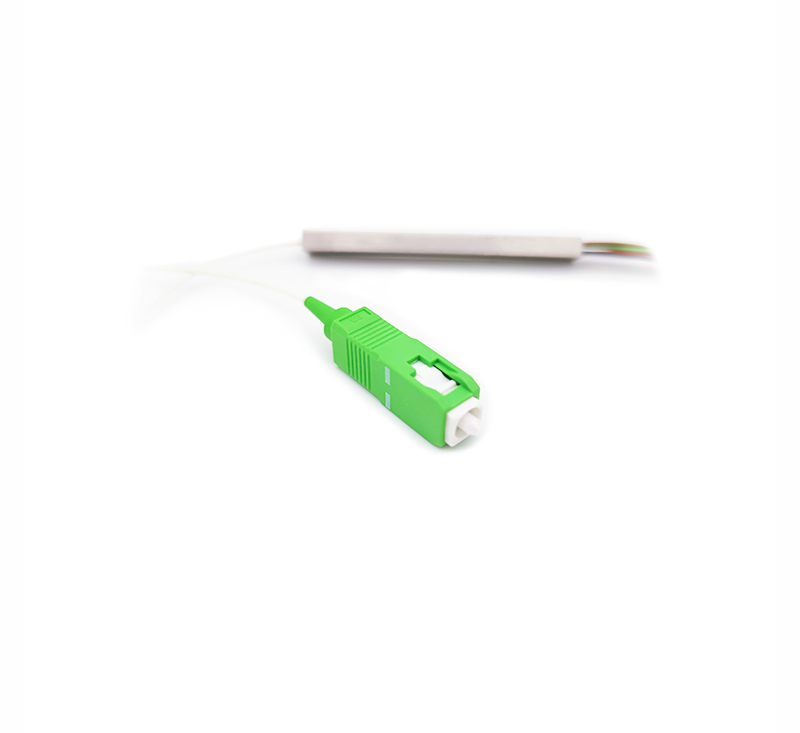As a local area network connector device, the main task of the photoelectric converter is how to seamlessly connect the data between the two parties. Therefore, when choosing a photoelectric converter, you must consider its compatibility with the surrounding environment, as well as the stability and reliability of its own products. On the contrary, no matter how low the price is, it cannot be selected!

1. Does it support full duplex and half duplex?
Some chips on the market can only use the full-duplex environment at present, and cannot support half-duplex. Serious collisions and packet loss.
2. Have you done a connection test with other photoelectric converters?
At present, there are more and more photoelectric converter transceivers on the market. If the compatibility of transceivers of different brands has not been tested beforehand, there will also be packet loss, long transmission time, and sometimes fast and slow.
3. Is there a safety device to prevent packet loss?
When manufacturing optoelectronic converter transceivers, some manufacturers adopt the register data transmission mode in order to reduce the cost. The biggest disadvantage of this method is the instability and packet loss during transmission, and the best is to use the buffer circuit design. Data packet loss can be safely avoided.
4. Temperature adaptability?
When the photoelectric converter itself is used, it will generate high heat. When the temperature is too high (generally not higher than 85°C), does the optical fiber transceiver work normally? What is the maximum allowable operating temperature? For a device that needs to run for a long time, this is very Worth our attention!
5. Does it conform to the IEEE802.3u standard?
If the photoelectric converter conforms to the IEEE802.3 standard, that is, the delay time is controlled at 46bit, if it exceeds 46bit, it means that the distance transmitted by the optical fiber transceiver will be shortened!










